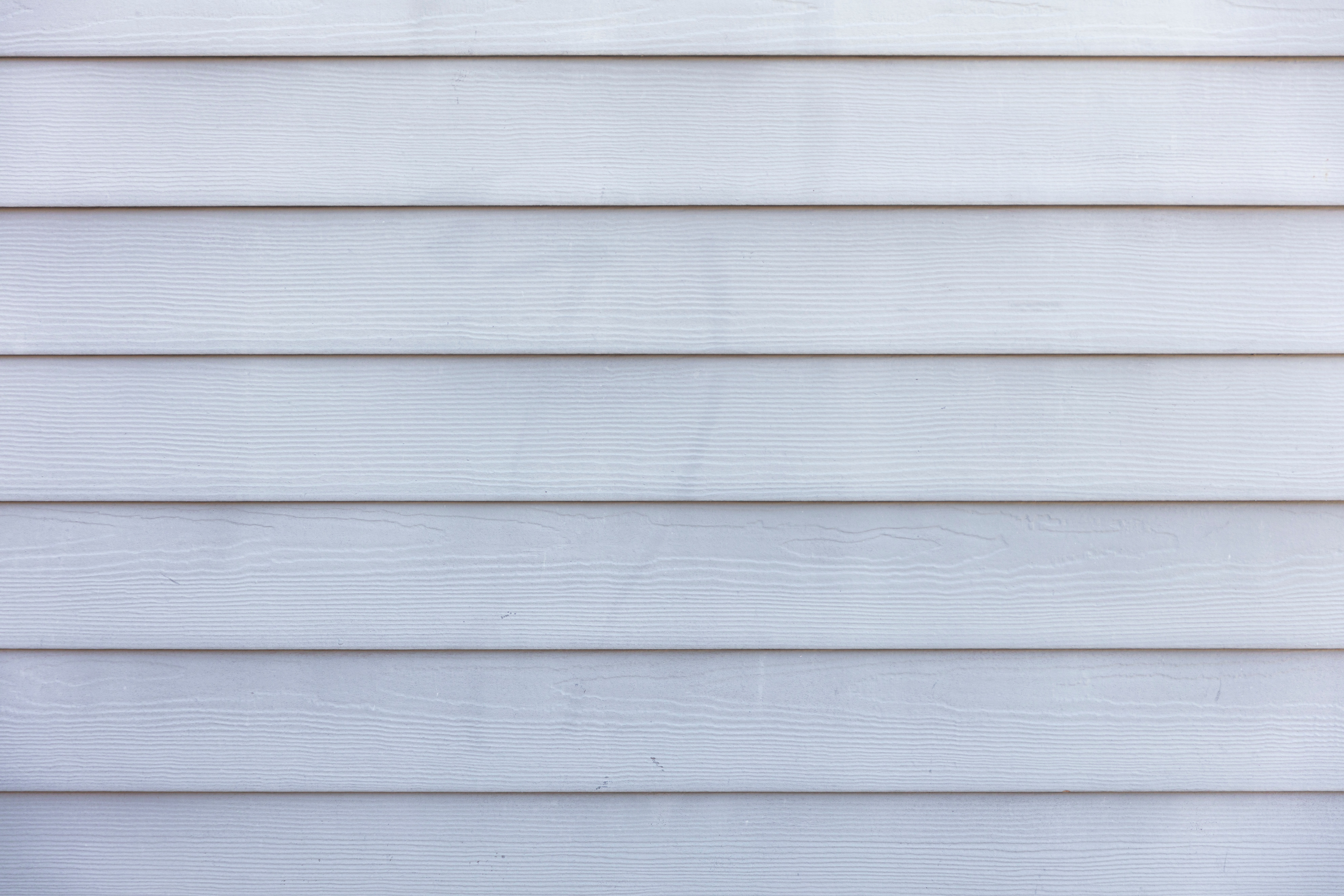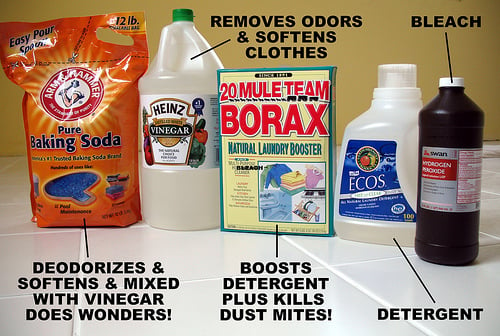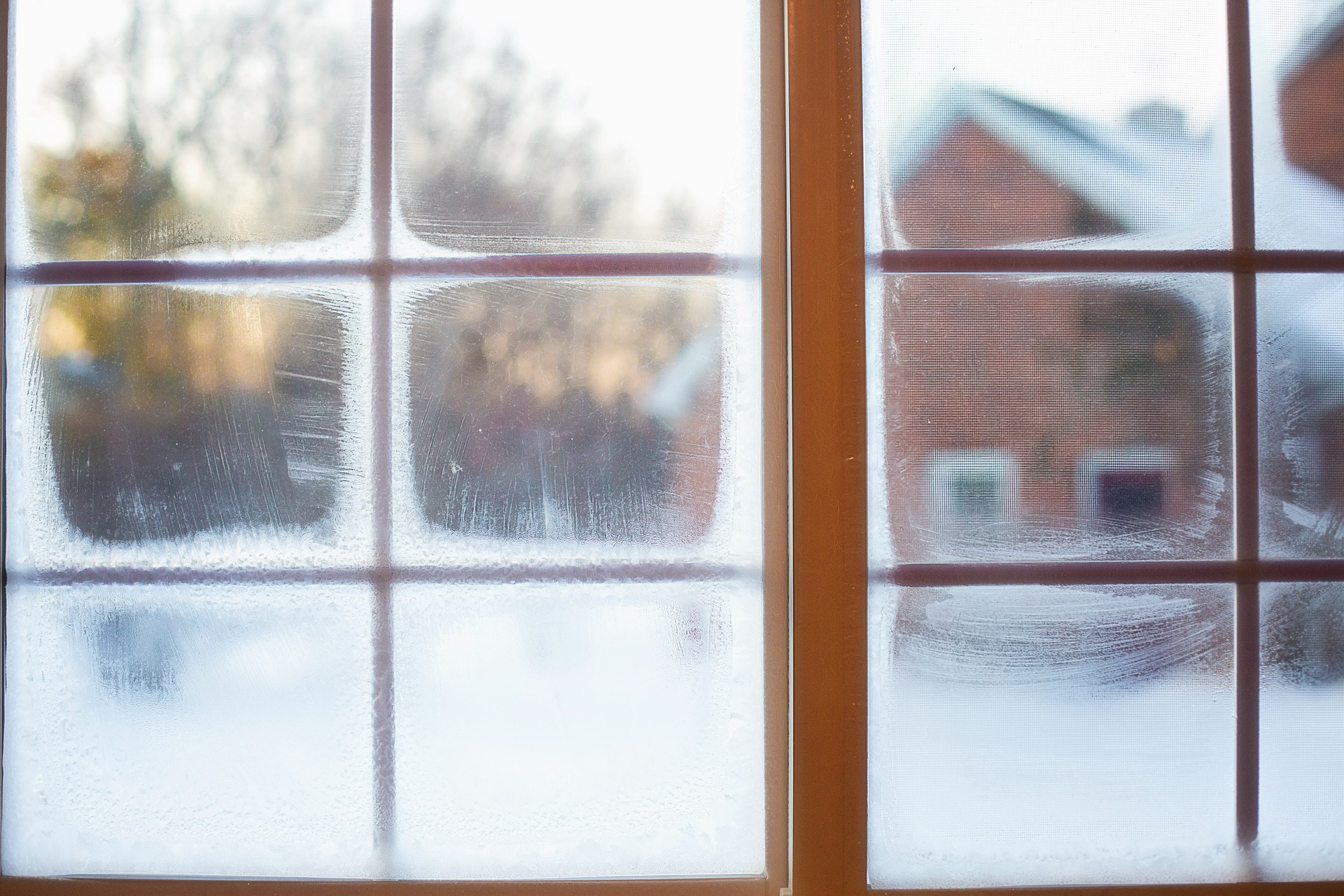Siding is your home's first line of protection — against weather, pests, and more. Not only does siding improve the insulation of your property, but it also reduces the amount of physical damage that can occur to the structure of your home. Regardless of the quality and installation of your siding, it doesn't last forever. You need to know when to repair or replace your siding if you are going to continue protecting your home.
Why Should You Repair or Replace Siding?
Your siding protects your home — so it only stands to reason that damage to your siding could ultimately lead to damage to your property. Damage to your siding can lead to more extensive home damage, such as issues with water damage and pests. It's important to know when to repair or replace your siding to protect your property. But not all siding is created equal. Not only are there different types of siding but there are also different quality levels. And the length of time your siding lasts can vary based on how extreme the weather is in your area.
Let's take a look at when you should repair or replace siding.
What Are Some of the Different Types of Siding?
How long your siding lasts and how it shows distress will vary depending on the type of siding that you have. And you don't have to replace your siding with the same type of siding — often, there's no reason to.
- Vinyl. Vinyl siding lasts up to 60 years, which is one reason it's such a popular choice for siding. Today, there are many styles of vinyl siding, many of which can even mimic the appearance of other types of siding like wood or cedar shake. Vinyl siding also comes in many colors and can be painted. If taken care of properly, vinyl siding can last up to a hundred years. This highlights the importance of making sure that you complete your maintenance and repairs.
- Fiber cement. Fiber cement siding, such as James Hardie, can last about fifty years before replacement. You should likely paint your fiber cement siding anywhere from every 10 to 15 years. If you see damage on your fiber cement, it's possible that it's just the paint chipping and getting scuffed away. Fixing the paint chipping issues may be able to extend the life of your fiber cement siding.
- Cedar shake. Cedar shake siding lasts over 50 years, depending on how well it's maintained. Treatments last five to seven years; you should treat your cedar shake siding periodically to make sure that it lasts longer. Sealant and paint can not only improve the appearance of cedar shake siding but also ensure that it will last longer. Cedar shake siding does tend to be a little more high maintenance than other types of siding.
- Wood siding. Wood siding doesn't last as long as many other types of siding, usually about 20 to 40 years. But people do enjoy its rustic appearance and it works well for the look of some homes. Wood siding requires some care to remain durable and long-lasting — such as making sure that nothing rubs up against the siding and that the wood does not begin to rot. Other than that, the wood siding should be fairly durable, even if it's not the top choice for those who want a long-lasting investment.
Though these types of siding may show their age a little differently, there are also some common issues that could denote that your siding needs repair.
What Are Some Common Signs of Siding Needing Repair?
Regardless of the material, there are some common signs that siding may need repair. You could notice:
- Visible cracks or splitting in the siding. This indicates that the siding has already been structurally compromised, and it's likely that moisture and pests are getting in.
- Warped or curved siding. Siding has to be flush against a property to deliver protection, and if it's warped or cracked it could actually be causing damage to the material beneath.
- Peeling or cracked paint. Usually this means that the siding at least needs to be refinished — and refinishing it is sure to make it stronger.
- Loose or missing siding. When siding starts coming off, it's often best to start replacing it, though siding can be incidentally removed because of bad weather.
- Damage from pests. Pests, such as termites, need to be dealt with quickly, especially when it comes to wood or shake siding. Vinyl and fiber siding is less likely to experience issues.
It's important to have a professional take a look at your siding periodically to identify potential issues and resolve them before they damage the rest of your home. The experts at Exterior Medics are here to help you decide on the best siding choice for your home.











Comments